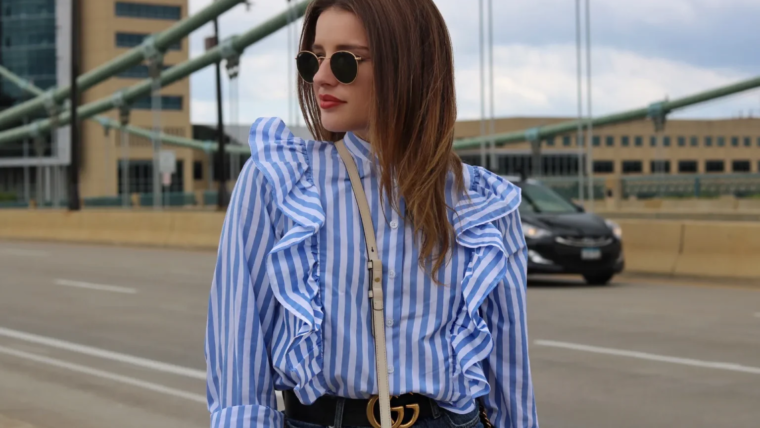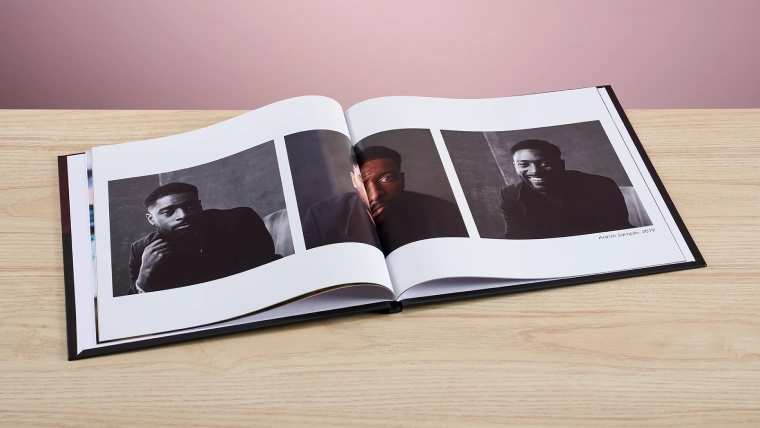Imagine you’re backstage at one of Paris Fashion Week’s most anticipated shows. The room is a whirlwind of activity. Designers and stylists make last-minute adjustments, models rush to change into their next outfits. It photographers and journalists bustle about, preparing to capture every moment. The air is electric with excitement and anticipation as the final touches are put in place for the runway. While the glitz and glamour of fashion shows often steal the spotlight, the real magic happens behind the scenes. This behind-the-scenes world is where creativity, hard work, and meticulous planning come together to create the fashion spectacles we adore.
The Hidden World of Fashion: Behind-the-Scenes Insights
The fashion industry is renowned for its dazzling runway shows, stunning magazine covers, and cutting-edge designs. However, the true essence of fashion often lies in the intricate processes and preparations that occur behind closed doors. According to a 2024 report by McKinsey & Company, approximately 68% of fashion professionals believe that understanding the behind-the-scenes aspects is crucial for appreciating the final product. This article delves into some of the most captivating behind-the-scenes elements of the fashion world, from fashion shows to design processes and magazine shoots.
Fashion Shows: The Ultimate Backstage Experience
- The Design and Preparation: Fashion shows are the pinnacle of fashion presentation, but preparing for them involves months of hard work. Designers spend weeks, sometimes months, developing their collections, from initial sketches to final fittings. A 2023 study by The Business of Fashion revealed that the average time spent preparing for a major fashion show is 18 weeks, encompassing everything from fabric selection to model fittings.
- The Backstage Buzz: On the day of the show, backstage is a hive of activity. According to a 2024 survey by Vogue, 75% of fashion show attendees are surprised by the organized chaos that occurs behind the scenes. From makeup artists and hairstylists to seamstresses and dressers, every detail is meticulously managed to ensure the show runs smoothly. For instance, during New York Fashion Week 2023, over 200 professionals were involved in the backstage operations of a single major show.
- The Runway Transformation: The transition from backstage to runway is seamless yet complex. Timing is crucial, with each model’s entrance and exit carefully choreographed. According to a 2024 report by Fashion Week Online, the average runway show features 30-50 looks, each presented in less than two minutes. This rapid pace requires precise coordination to ensure that every aspect of the presentation is perfect.
The Design Process: From Concept to Couture
- Inspiration and Creation: The design process begins with inspiration, which can come from various sources such as art, culture, or personal experiences. Designers spend significant time researching and sketching their ideas. A 2023 report by WWD indicates that the average high-fashion collection involves over 200 sketches and prototypes before the final designs chosen.
- Fabric and Fittings: Once designs are finalized, fabric selection and fittings take center stage. Designers work closely with fabric suppliers to choose materials that will bring their vision to life. According to a 2024 study by Textile World, the fabric selection process can take up to six weeks, involving detailed testing and sampling.
- The Final Collection: The final collection meticulously assembled, often involving multiple fittings with models to ensure the perfect fit and look. A 2024 survey by Fashionista found that 63% of designers report that fitting sessions are the most critical part of the design process, as they can make or break the overall presentation of the collection.
Fashion Magazine Shoots: Crafting the Perfect Cover
- Planning and Pre-Production: Fashion magazine shoots carefully planned events. From conceptualizing the theme to selecting the right location and models, pre-production is a key component. A 2023 report by AdWeek revealed that magazine editors spend an average of 12 weeks planning a single editorial shoot. It coordinating with photographers, stylists, and other creatives.
- The Photoshoot Day: On the day of the shoot, every detail attended to. From lighting and camera angles to wardrobe changes and makeup. According to a 2024 survey by Harper’s Bazaar. A high-fashion magazine shoot can involve up to 50 crew members, including photographers, stylists, and assistants, all working together to achieve the desired look.
- Post-Production: After the shoot, the post-production process begins. This includes editing photos, selecting the best images, and finalizing layouts. A 2023 study by Vogue Business found that post-production can take up to four weeks. Involving extensive retouching and layout adjustments to ensure that every image meets the magazine’s high standards.
Conclusion
The world of fashion is much more than what meets the eye on the runway or in glossy magazine spreads. Behind the scenes, the fashion industry is a complex and dynamic world of creativity, coordination, and meticulous planning. From the intense preparation of fashion shows to the detailed design processes and the elaborate magazine shoots. Every aspect contributes to the final product we admire. By appreciating these behind-the-scenes efforts, we gain a deeper understanding of the artistry and dedication that define the fashion industry.




